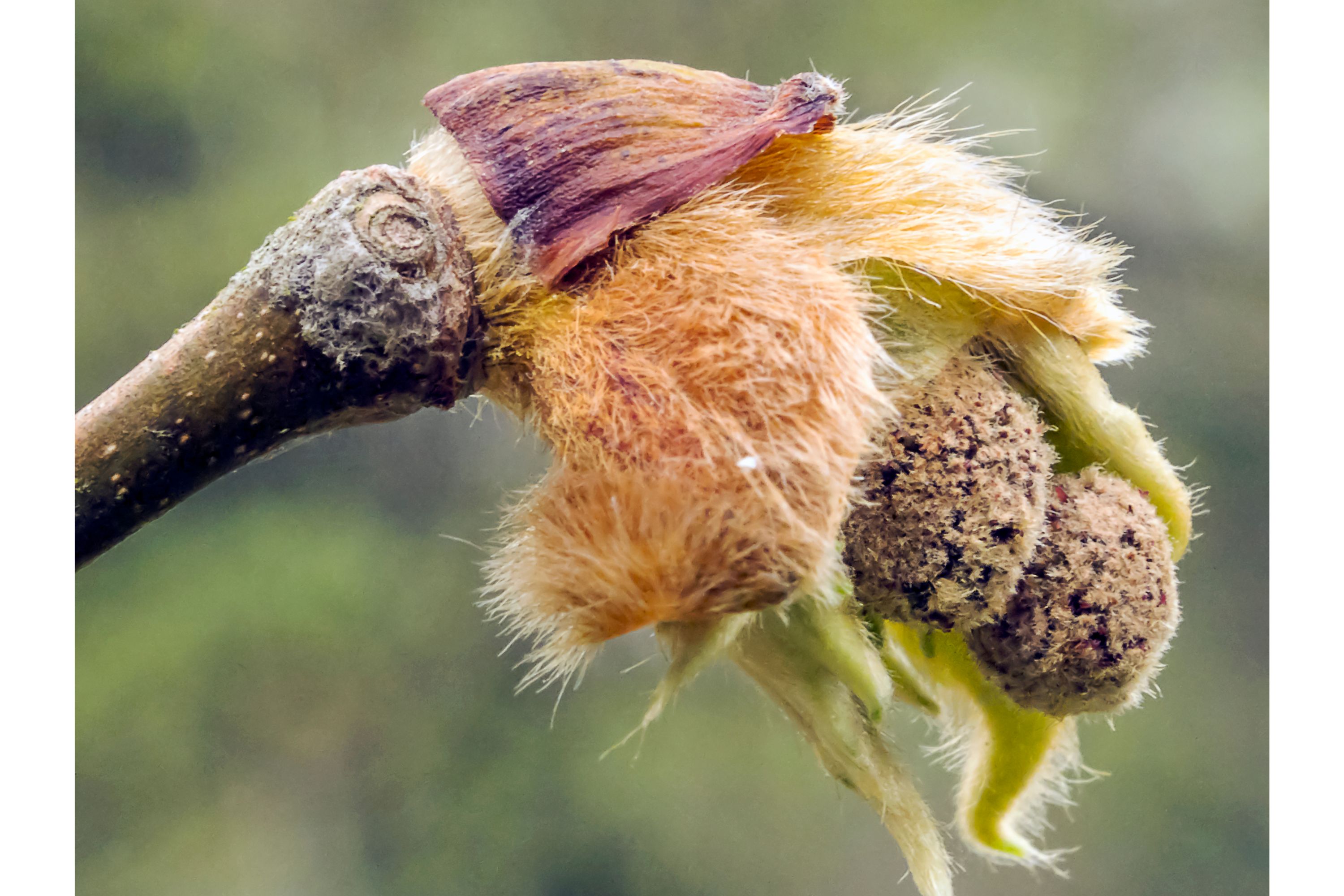Oriental Planetree
(Platanus orientalis)

Description
Platanus orientalis, the Old World sycamore or Oriental plane, is a large, deciduous tree of the Platanaceae family, growing to 30 m (98 ft) or more, and known for its longevity and spreading crown. In Autumn its deep green leaves may change to blood red, amber, and yellow. The species' name means 'eastern'. (In comparison, the 'western' plane (or American sycamore) is named Platanus occidentalis). The eastern plane's original distribution was eastward from the Balkans. The tree was called platane in ancient Greek history and literature and by related names in continental Europe. Equally well known in Asia from Anatolia to India and usually called chinar or chenar. The native range is Eurasia from the Balkans to at least as far east as Iran. Some accounts extend its native range to Iberia in the west, and to the Himalayas in the east. As it has been known in cultivation from early times in much of this region it can be difficult to determine if it is truly indigenous in peripheral areas. The oriental plane is found naturally in riverine settings, together with such trees as alder, willow and poplar. However, it is quite capable of survival and success in dry soils once it is established. Like other plane trees, its leaves are borne alternately on the stem, deeply lobed, and palmate or maple-like. It usually has flaking bark, occasionally not flaking and becoming thick and rugged. Flowers and fruit are round and burr-like, borne in clusters of between 2 and 6 on a stem. Considerable variation exists among trees in the wild, and this may be complicated by crossbreeding with planted London planes (Platanus x acerifolia), the hybrid of P. orientalis with the American sycamore (Platanus occidentalis). The tree is capable of being grown in most temperate latitudes, though it benefits greatly from warm summers. As a very large and wide tree with broad, thick leaves that tend to orient horizontally, it is especially prized for the shade and coolness it provides during the hot season. It grows best in rich soil in a sunny location and can survive drought well. Although young plants appreciate regular watering. The leaves and bark have been used medicinally. A fabric dye has been made from the twigs and roots. The timber, often called lacewood, is figured and valuable for indoor furniture. The leaves are also often used by artists for leaf carving.
Taxonomic tree:







